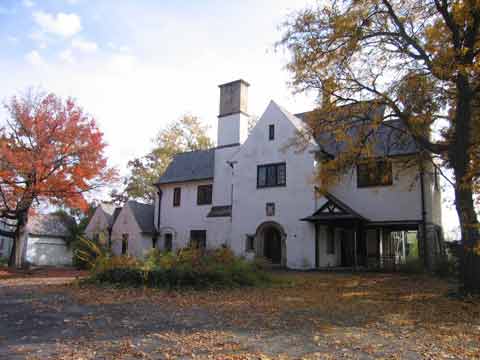East-West Gateway Underestimates City Population by Nearly 25,000!!!
The City of St. Louis and the U.S. Census Bureau agree on the population of St. Louis at 350,705 as of July 2004. But something is very wrong. Not that they agree, but that the East-West Gateway Council of Governments has failed to recognized these figures in their estimates affecting transportation spending.

Last year the mayor’s office successfully challenged the census bureau’s figures to show the 2003 population at just over 348,000. So why is it that when East-West Gateway accepted their new transportation study earlier this year they based it on the outdated estimates shown at left? With new housing downtown and throughout the city their numbers are a good 25,000 less than those used by the city and the census bureau.
From MayorSlay.com
Housing production in the City is still accelerating. In the first nine months of this year, the production of new housing units has already doubled last year’s output.
Downtown is coming alive — and staying awake later. Neighborhoods like the CWE and Lafayette Square have become the best places to live in the entire region. Other neighborhoods that have not seen new investment in a very long time are being rebuilt and repopulated.
With new residents are coming new retail – and new employers. It is impossible to overcome 50 years of decline in a short period of time. But, we have come a long way already.
People are noticing.
We are in the early stages of the long reversal of the last half century. I think the next 15-20 years we will see St. Louis regain population. We’ll never again reach the 850,000+ of the mid 50’s, nor should we. The city was over crowed then and we’ve taken so much land since then for highways and big box retail that we simply don’t have the land for that many people. I’d be happy with a city population of 500,000.
But look again at the chart. The major multi-jurisdictional planning agency for the region says our population is less than it actually is and is on the decline for the next five years. They estimate we’ll have a slow climb back up to a number less than what we currently have. This is the very model that says we need to have a new $1 billion dollar bridge over the Mississippi River.
The mayor’s office is quick to challenge the census bureau on population figures but they don’t seem so inclined to do so when it is the agency that hands out federal money. I also think if the real figures were used in the model and they showed the population increasing in the city East-West Gateway would have a harder time trying to justify the new bridge — which the mayor’s office supports. I think those population figures are being allowed to kept low until funding for the bridge is secured and suddenly we’ll see a correction.
The bigger question is not who has what number now but what number should we be striving for and by when?
– Steve

 The Doering Mansion has clearly seen better days. Like thousands of nice but ordinary buildings all over the city this one has been allowed to slowly decay over a period of decades. Sadly, the ordinary building has no champion. We have the Landmarks Association which speaks up when… well… a landmark building is threatened. But we are a city of ordinary buildings. It is the streetscape of ordinary accented by the occasional landmark structure that gives our city its character and appeal. Raze enough of the normal, everyday buildings and the attraction of the city is lost.
The Doering Mansion has clearly seen better days. Like thousands of nice but ordinary buildings all over the city this one has been allowed to slowly decay over a period of decades. Sadly, the ordinary building has no champion. We have the Landmarks Association which speaks up when… well… a landmark building is threatened. But we are a city of ordinary buildings. It is the streetscape of ordinary accented by the occasional landmark structure that gives our city its character and appeal. Raze enough of the normal, everyday buildings and the attraction of the city is lost.
